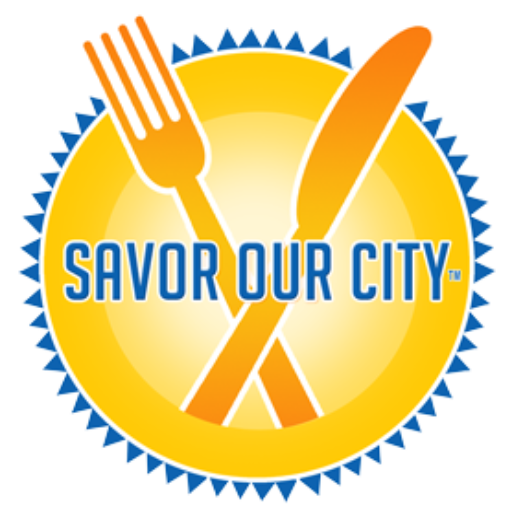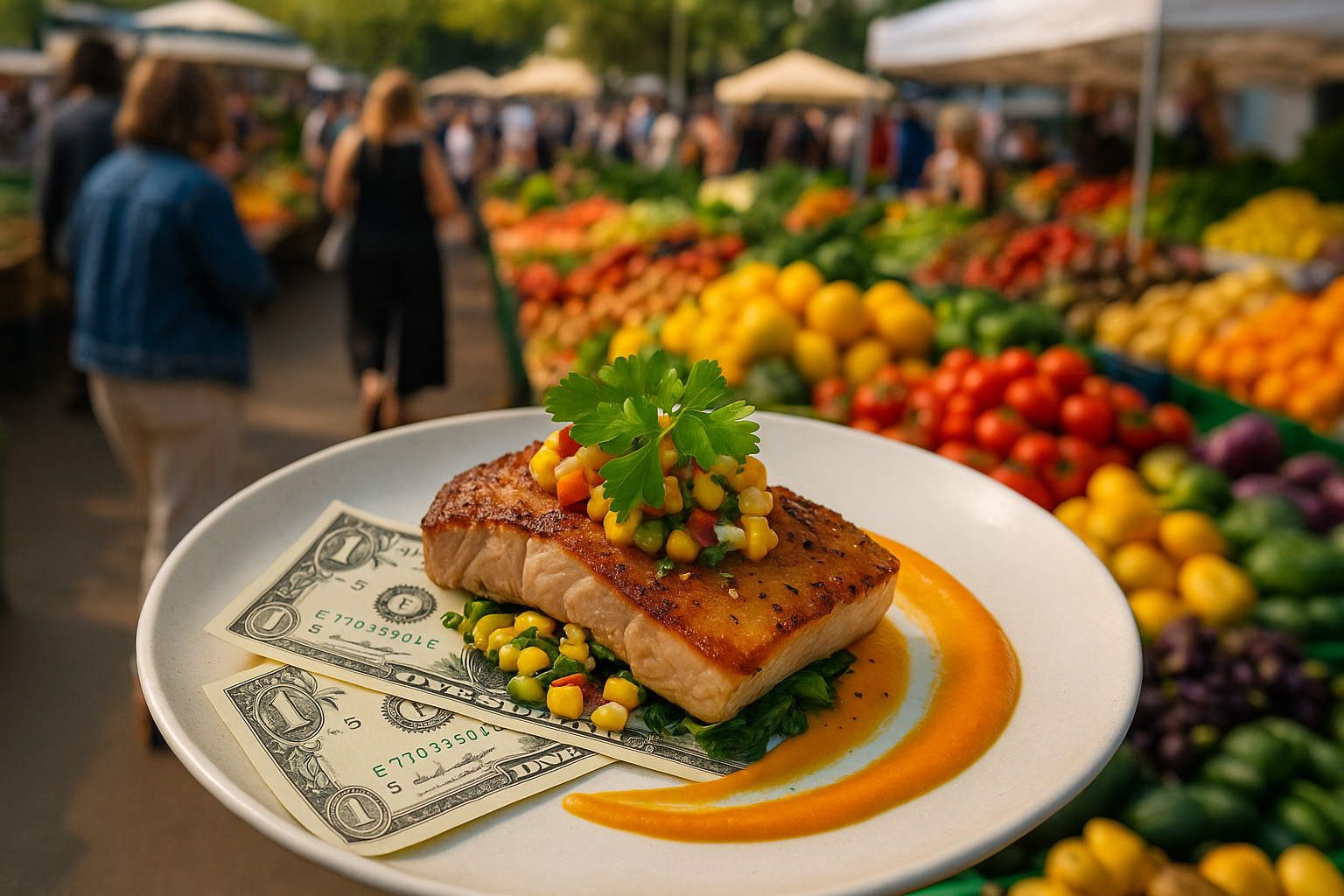Big shifts are brewing in the food world—and they’re about to show up on your plate and in your shopping cart. With new tariffs and trade policies taking shape, Americans will likely notice rising costs, tighter ingredient sourcing, and subtle (or not-so-subtle) changes in the way restaurants and supermarkets operate.
Here’s what you need to know about how it’s all unfolding—and how it might change the way we eat.
What Is Happening with Tariffs?
In response to shifting global trade dynamics, the U.S. is rolling out new tariffs on imported goods, including many agricultural products, ingredients, and packaged foods. Items like seafood, olive oil, certain produce, coffee, wine, cheeses, and even cooking equipment may now carry a higher price tag as importers pass increased costs down the supply chain.
In short: if it’s imported, it’s about to get more expensive—and that has ripple effects across the entire food industry.
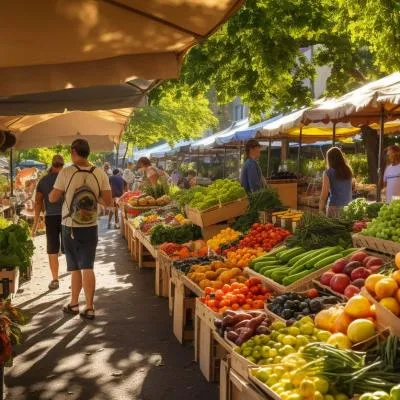
How Supermarkets Will Change
Grocery shoppers will feel the shift first. Items we love—like canned tomatoes from Italy or fresh cheeses from France—could become luxury buys rather than everyday staples.
Even basics like bananas or avocados (which the U.S. largely imports) could inch up in price over the coming months.
Expect to see:
- Higher prices on imported pantry goods and produce
- More local alternatives on shelves
- Reduced selection in specialty food aisles
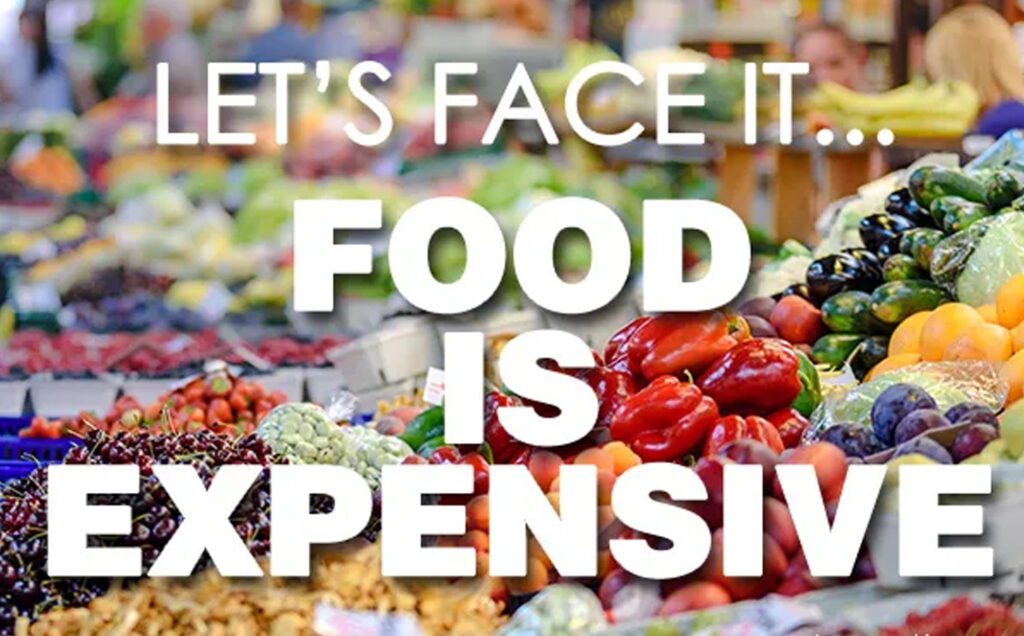
What Restaurants Are Facing
Restaurants, especially those offering international cuisines, are in a tough spot. Chefs who depend on imported ingredients will either pay more, revise their menus, or get creative with domestic substitutions.
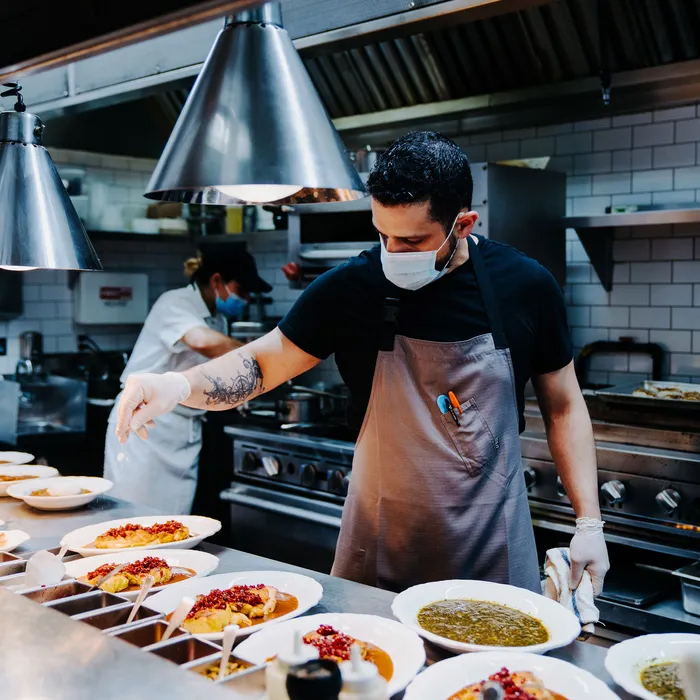
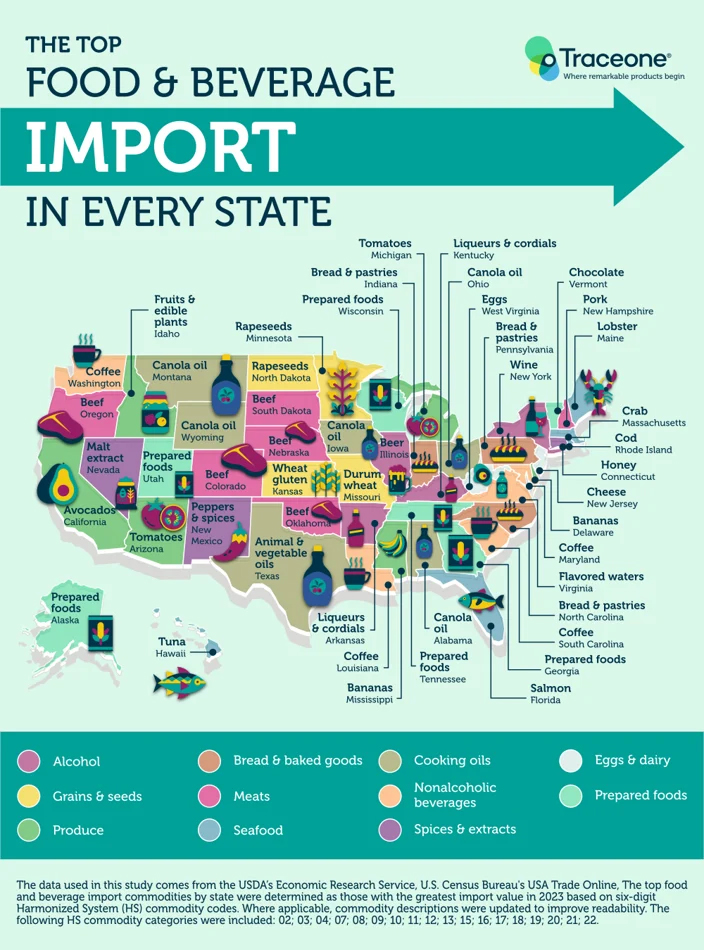
Likely changes include:
- Menus adjusted to feature more regional American ingredients
- Portion sizes shifting slightly
- Pricing increases at mid-range and fine dining spots
Restaurants may also lean harder into farm-to-table partnerships and hyperlocal sourcing to maintain quality without passing excessive costs onto diners.
Local Love: A New Focus
If there’s a silver lining, it’s this: the tariffs could spark a powerful local food movement revival.
Expect farmers markets, local bakers, boutique cheesemakers, and American wineries to shine brighter than ever before.
Supporting small businesses will feel less like a luxury and more like a vital part of keeping communities strong and menus exciting.
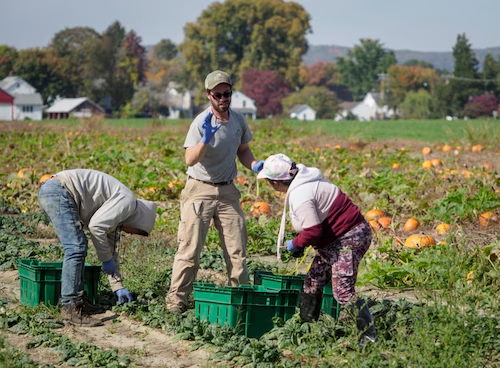
How to Stay Ahead (and Still Eat Well)
- Stay flexible: Try new local flavors and seasonal swaps
- Support your favorite local restaurants: They’re adapting fast and need your support
- Plan your splurges: Imported cheeses or wines may become occasional indulgences
- Celebrate the creativity: Chefs and food makers are masters at turning challenges into flavor adventures
The Local Food Revival: A Golden Opportunity
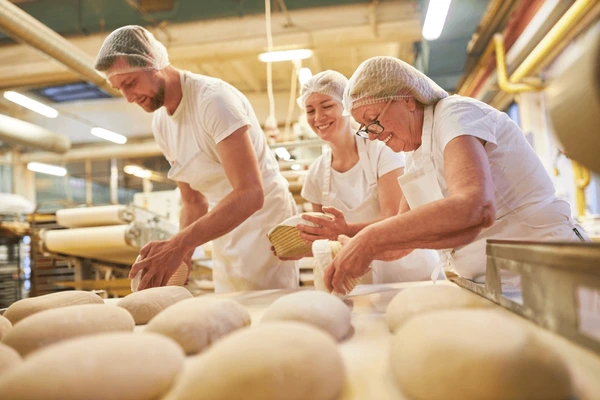
The new wave of tariffs, while posing challenges across the food supply chain, also presents a unique opportunity: the chance to spark a powerful revival of the local food movement. As imported goods become more expensive and less accessible, attention naturally turns to the incredible bounty produced right here at home. Farmers markets, local bakers, artisan cheesemakers, craft breweries, and American wineries are poised to step into the spotlight, offering not just exceptional quality, but also a deeper connection to the food we eat and the communities we support.
In this shifting landscape, supporting small businesses won’t simply be a feel-good choice—it will become a vital part of sustaining local economies and preserving the unique character of our food culture. Choosing to buy from local farms, visit independent markets, and savor foods made close to home will help create a ripple effect that strengthens communities from the ground up.

Dining out will play an equally crucial role. Our favorite restaurants—especially independent ones—are often built around delicate margins and hard-earned creativity. They are the gathering spaces where food becomes experience, and culture becomes connection. As ingredient costs rise and sourcing shifts, going out to eat becomes not just a luxury, but a lifeline for the businesses that bring flavor, innovation, and hospitality to our neighborhoods. Every meal shared at a local restaurant helps keep doors open, kitchens busy, and talented chefs inspired to adapt and create.
Suggested Closing Image: A farm-to-table meal beautifully plated, with a rustic table setting and fresh herbs around it.
As passionate advocates for the food and restaurant community, we’re committed to staying on top of the economic issues that impact the way we eat, shop, and dine—because when the food world shifts, we believe knowledge (and a little creativity) makes all the difference.
Until we eat (& drink) again…
I send you delicious wishes, xo
Denise
